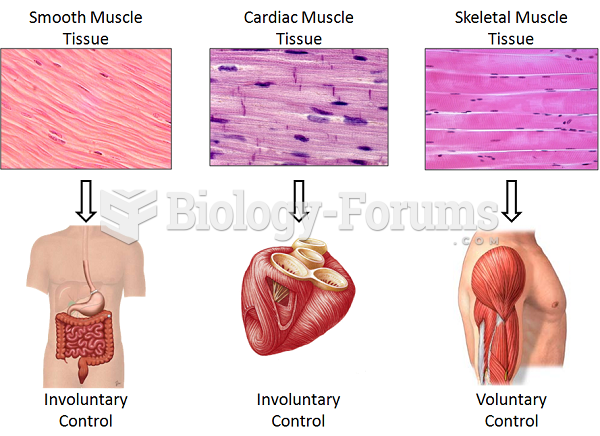|
|
|
On average, the stomach produces 2 L of hydrochloric acid per day.
Egg cells are about the size of a grain of sand. They are formed inside of a female's ovaries before she is even born.
The most dangerous mercury compound, dimethyl mercury, is so toxic that even a few microliters spilled on the skin can cause death. Mercury has been shown to accumulate in higher amounts in the following types of fish than other types: swordfish, shark, mackerel, tilefish, crab, and tuna.
Studies show that systolic blood pressure can be significantly lowered by taking statins. In fact, the higher the patient's baseline blood pressure, the greater the effect of statins on his or her blood pressure.
There are more sensory neurons in the tongue than in any other part of the body.







